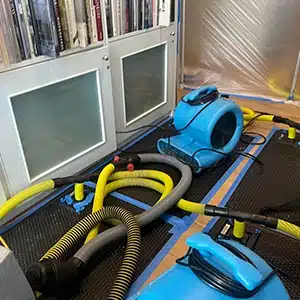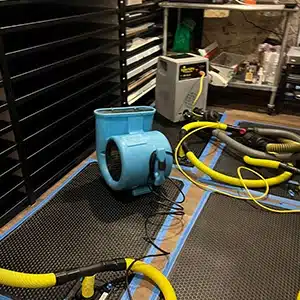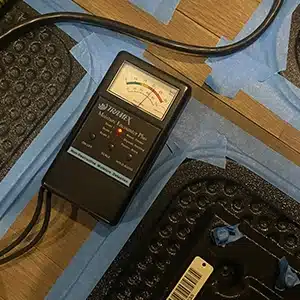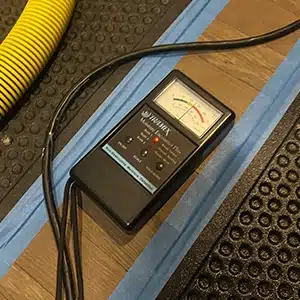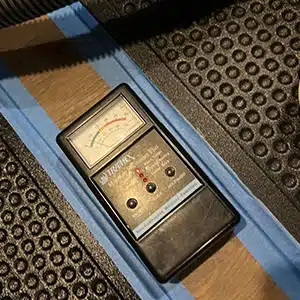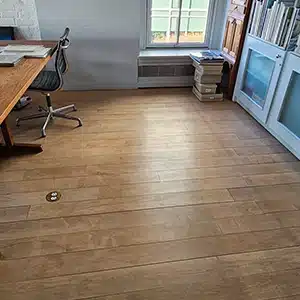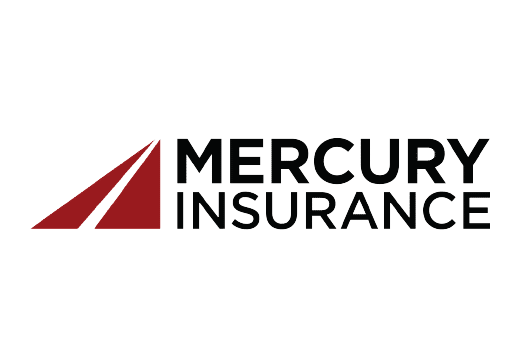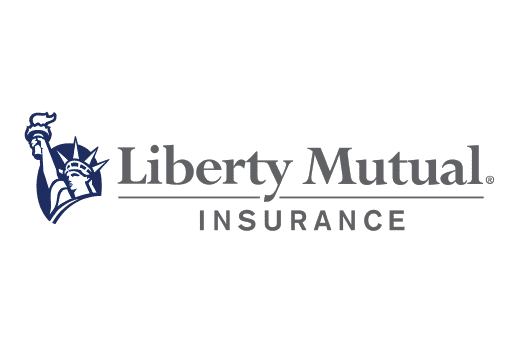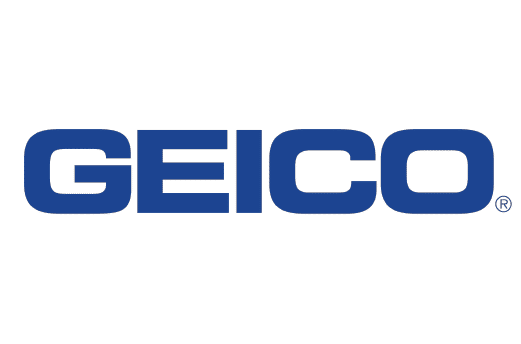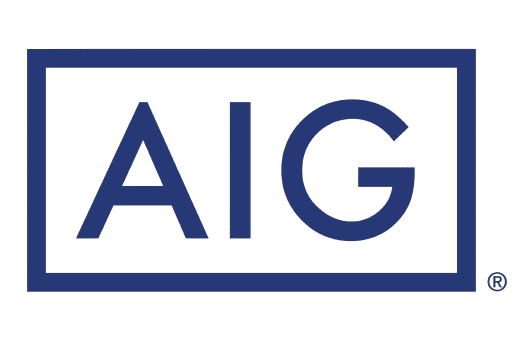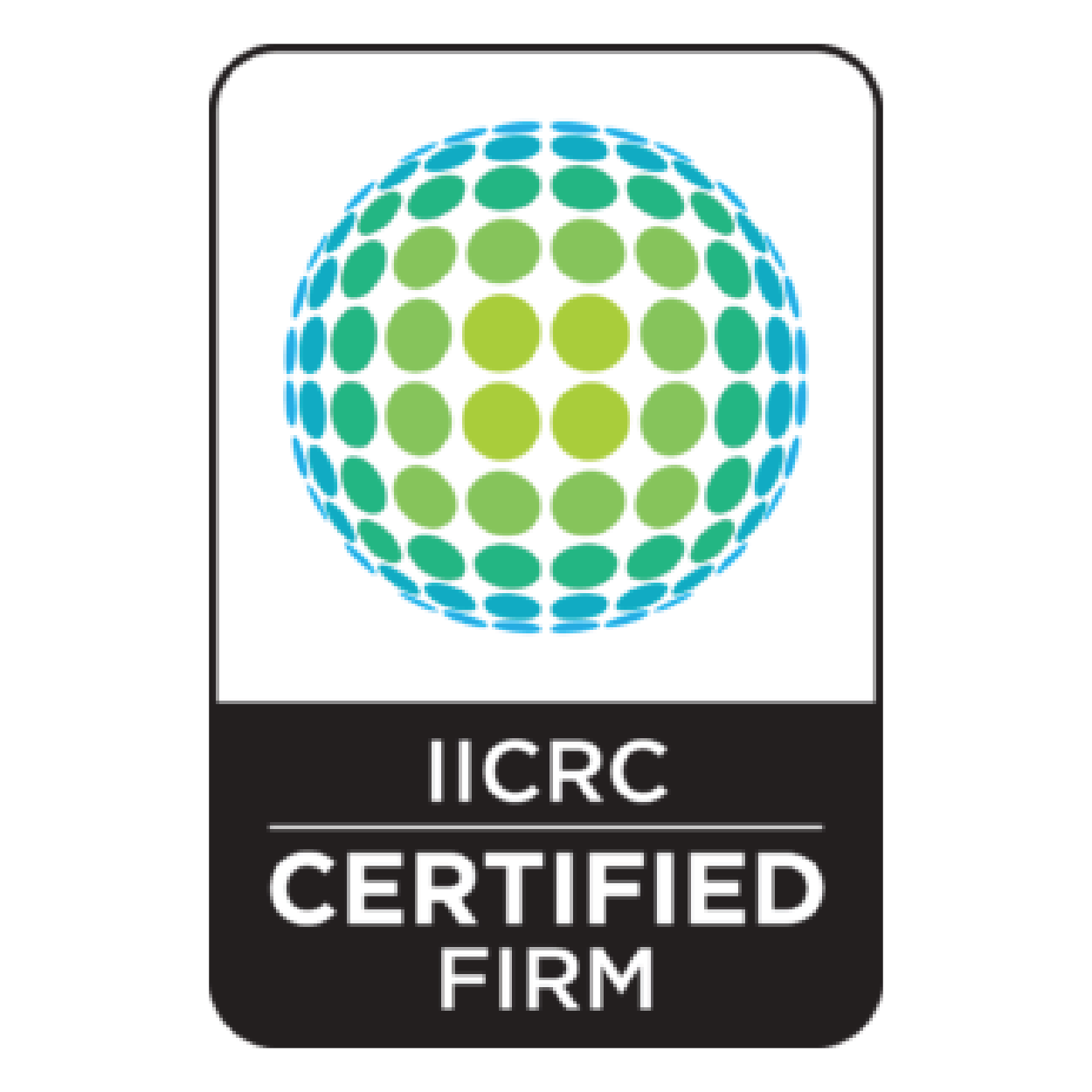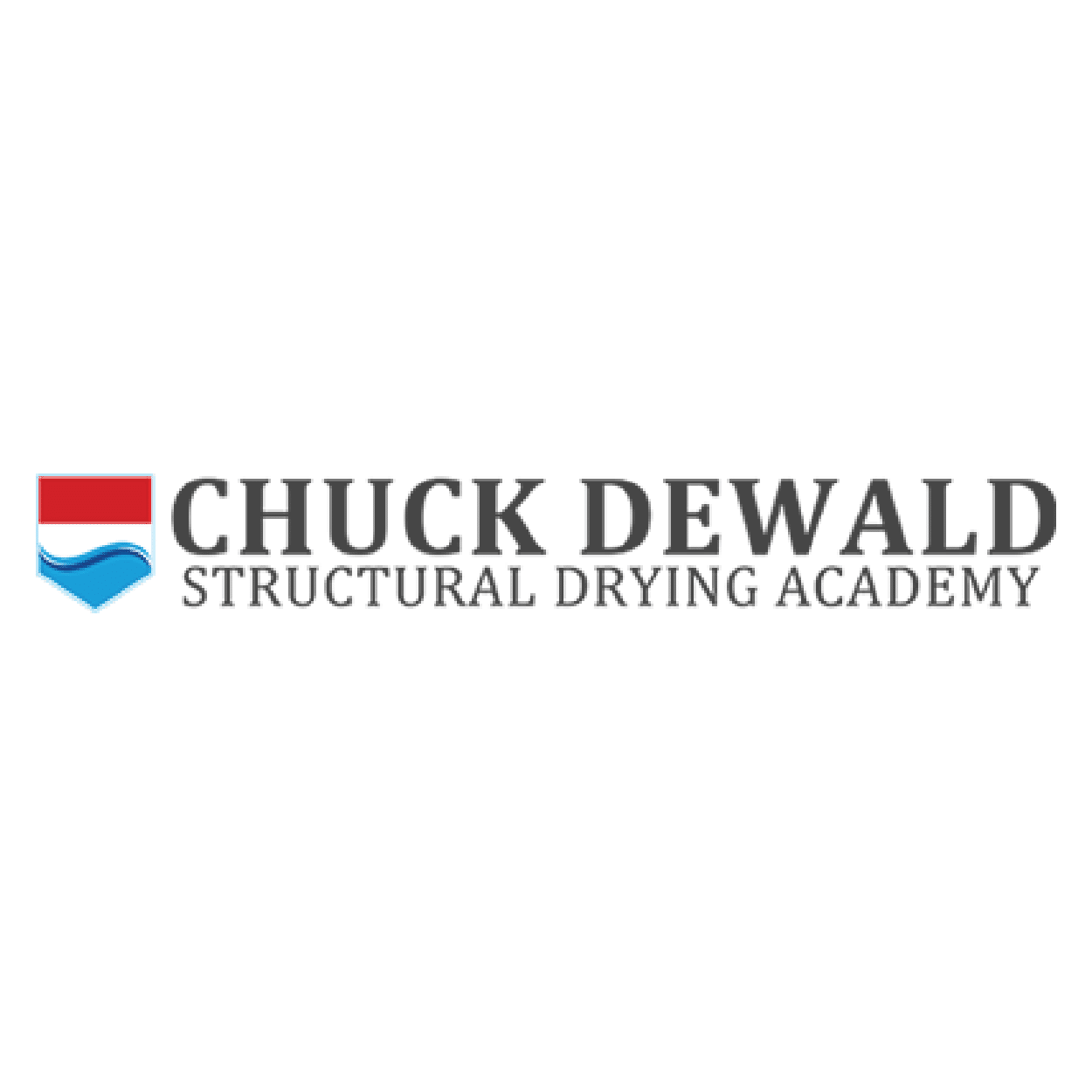Floor Drying in New York City for Diana A.
Location: New York, NY
Completed Date: December 14, 2023
Photos

Identified pipe burst inside the walls. Common source of leak that leads to water damage. 
Wet areas were isolated to create the best environment to dry floors with minimum disturbance to resident. 
Equipment were placed to start drying out the affected area 
another view of drying equipment for mitigating water damage. 
Moisture meter on red indicating wet floors. Best to completely dry to prevent mold damage that commonly occurs after the incident. 
moisture meter on yellow, indicating that the floors are successfully drying 
Moisture meter on green to show that the area is now dry. 
After picture we send to client showing dry floors after the water has been mitigated.
Job Details
In the field of water damage restoration, professionals are tasked with responding to and mitigating the effects of unwanted water intrusion, which can stem from incidents such as pipe bursts, floods, or other water-related mishaps. The process entails a series of well-orchestrated steps designed to restore the affected environment to its pre-damage condition. The images shared provide a visual narrative of such a restoration effort, showcasing various stages of the process, from identifying the source of water damage to confirming the successful drying of the premises.
The initial stage often requires pinpointing the cause of water damage, which is critical for formulating an effective remediation strategy. A common culprit is a burst pipe within the structural confines of a building, as suggested by one of the images showing exposed plumbing in a wall cavity. This step is crucial not only for stopping the immediate influx of water but also for ensuring the long-term integrity of the restoration work.
Following the source identification, the focus shifts to water mitigation, where specialized equipment plays a pivotal role. The deployment of air movers and dehumidifiers, prominently displayed in the equipment setup, is essential for removing moisture from the air and accelerating the drying of affected materials. The sophistication of this equipment underscores the industry’s reliance on technology to efficiently tackle the challenges posed by water damage.
As the restoration progresses, attention to detail is paramount. A critical component of the process is the drying of floors, which, if not done properly, can lead to secondary damage such as warping or mold growth. A successfully dried floor shows no signs of moisture or damage, indicating that the mitigation efforts have been effective and that the environment is on track for a full recovery.
Ensuring that the affected area has reached acceptable moisture levels is non-negotiable in water damage restoration. The use of moisture meters, as seen in multiple images, helps technicians assess the success of the drying process. These devices provide quantifiable data that guide decisions on whether further drying is needed or if it is safe to proceed to the next phase of restoration.
Preparation and containment of the work area are also vital components of the restoration process. Isolating the affected zone with plastic sheeting, as depicted, is a standard practice that serves multiple purposes: it prevents the spread of contaminants, focuses the drying efforts within the targeted area, and maintains a controlled environment that is conducive to effective moisture removal.
In summary, the water damage restoration process is a meticulous endeavor that requires a systematic approach to address and reverse the effects of water intrusion. The images illustrate a narrative from the emergency response to the meticulous monitoring of progress, encapsulating the essence of a job that demands precision, patience, and the right technological tools.
Water Damage Restoration in NYC
Our portfolio of services extends beyond our expertise in water damage restoration, encompassing a broad spectrum of solutions including Water Damage Dry-Outs, Hardwood Floor Drying, Restorative Repairs, and Sewage Cleanup. In addition, we are pleased to offer the following primary services:
We work with varitey of leading insurance providers
Service Area
Water Damage Restoration in New Jersey and New York
Our professional Water Damage Restoration services include: Hardwood Floor Drying, Restorative Repairs, and Sewage Cleanup. For more information, see the service page.



